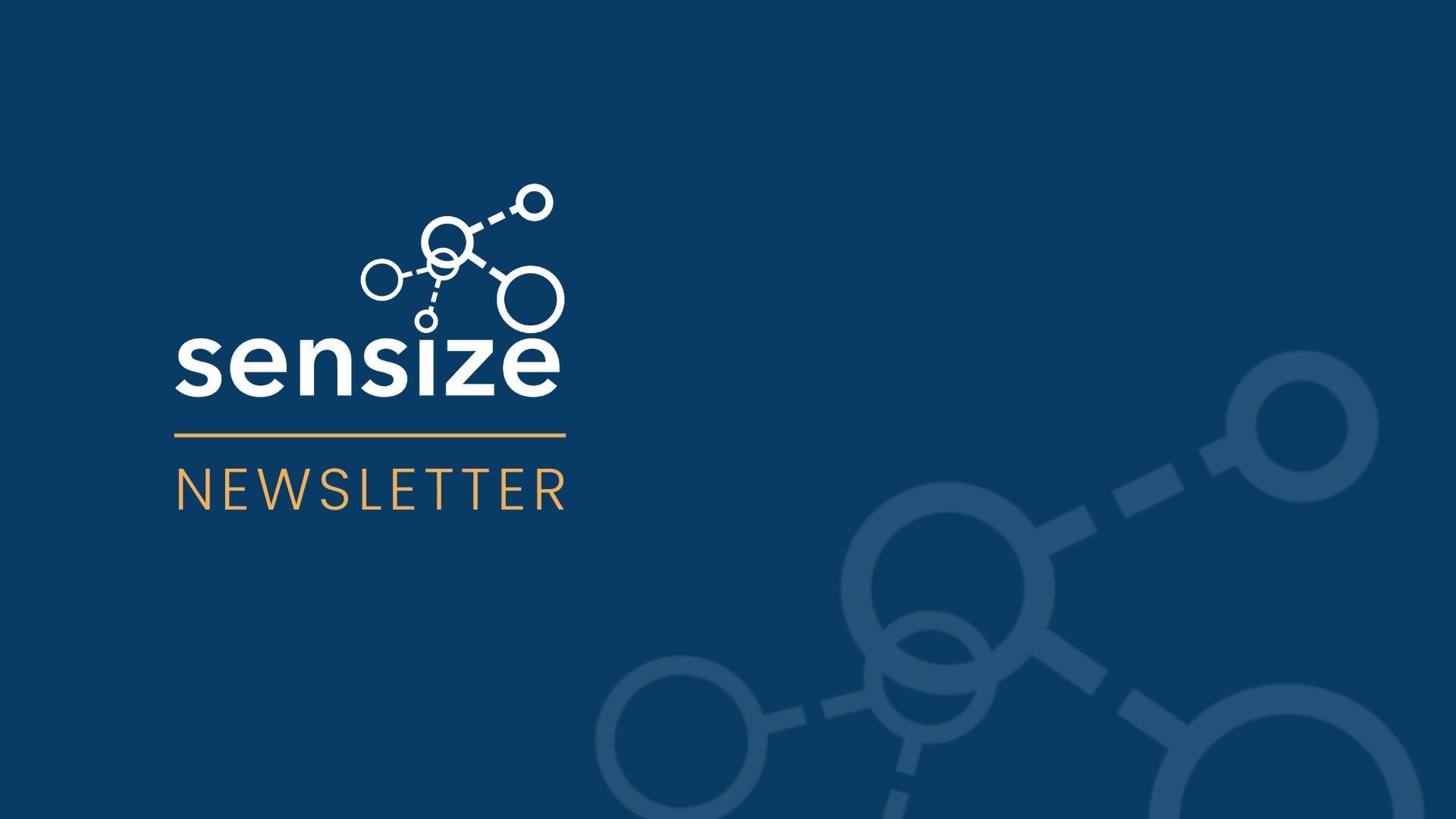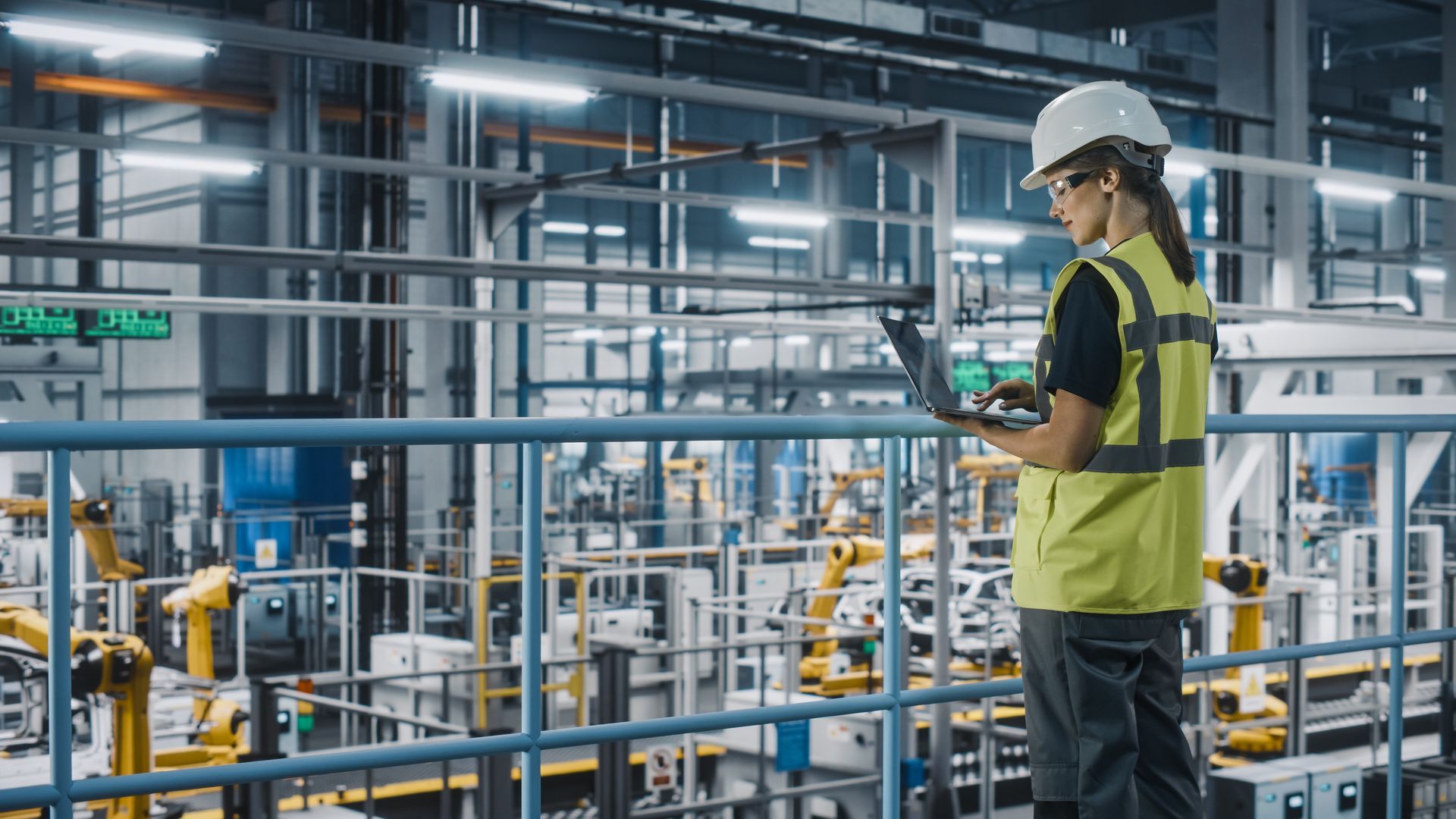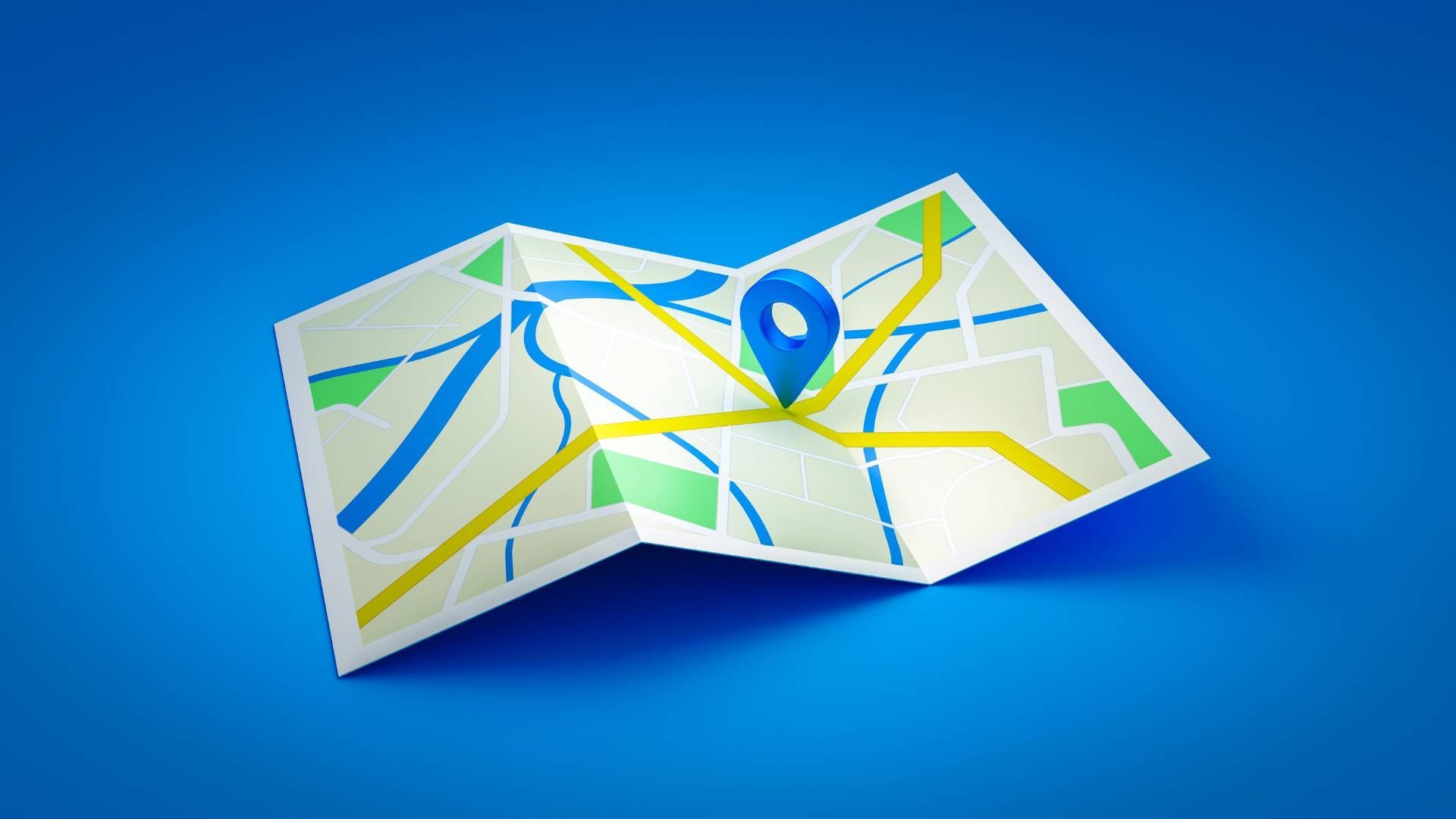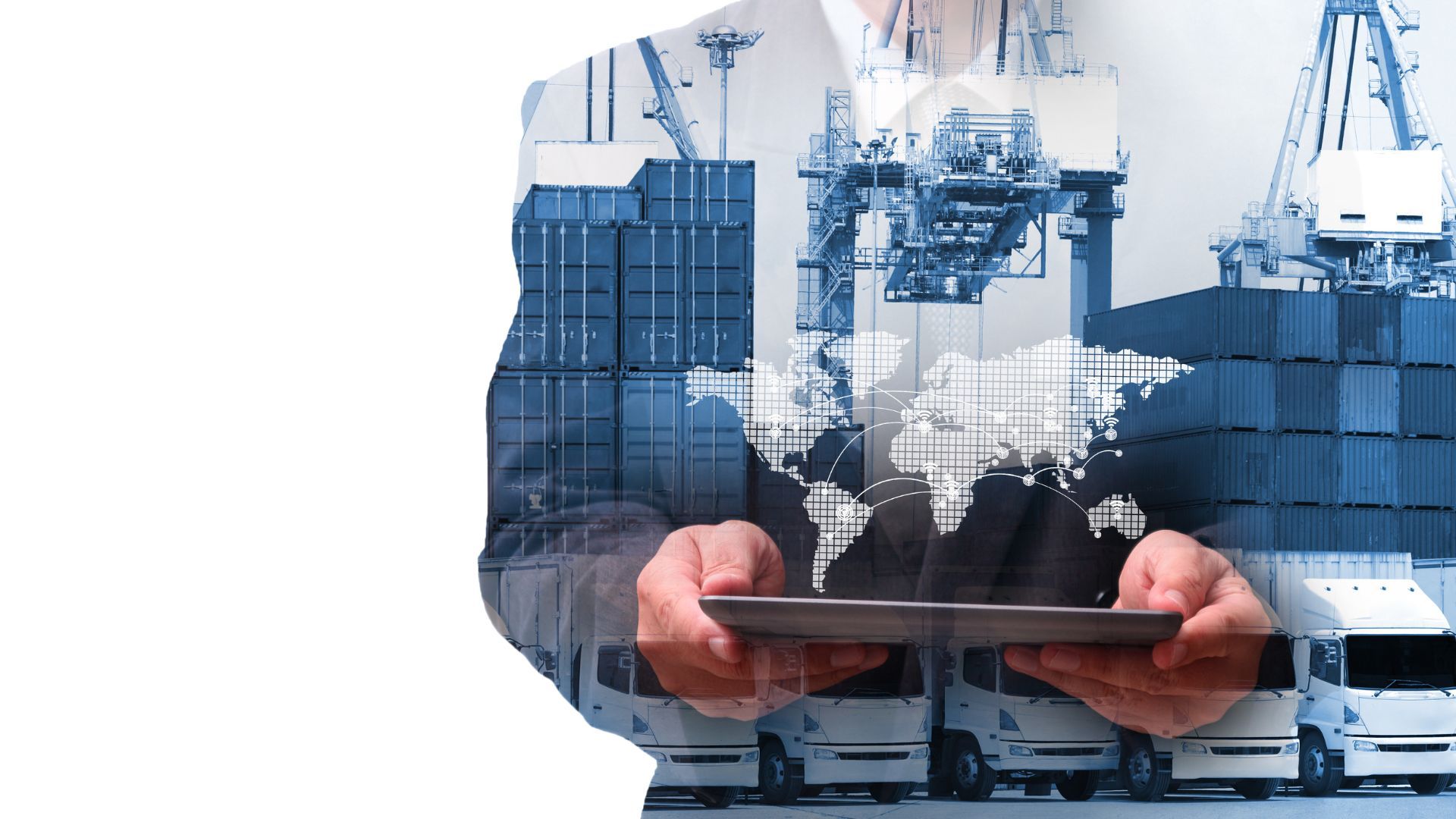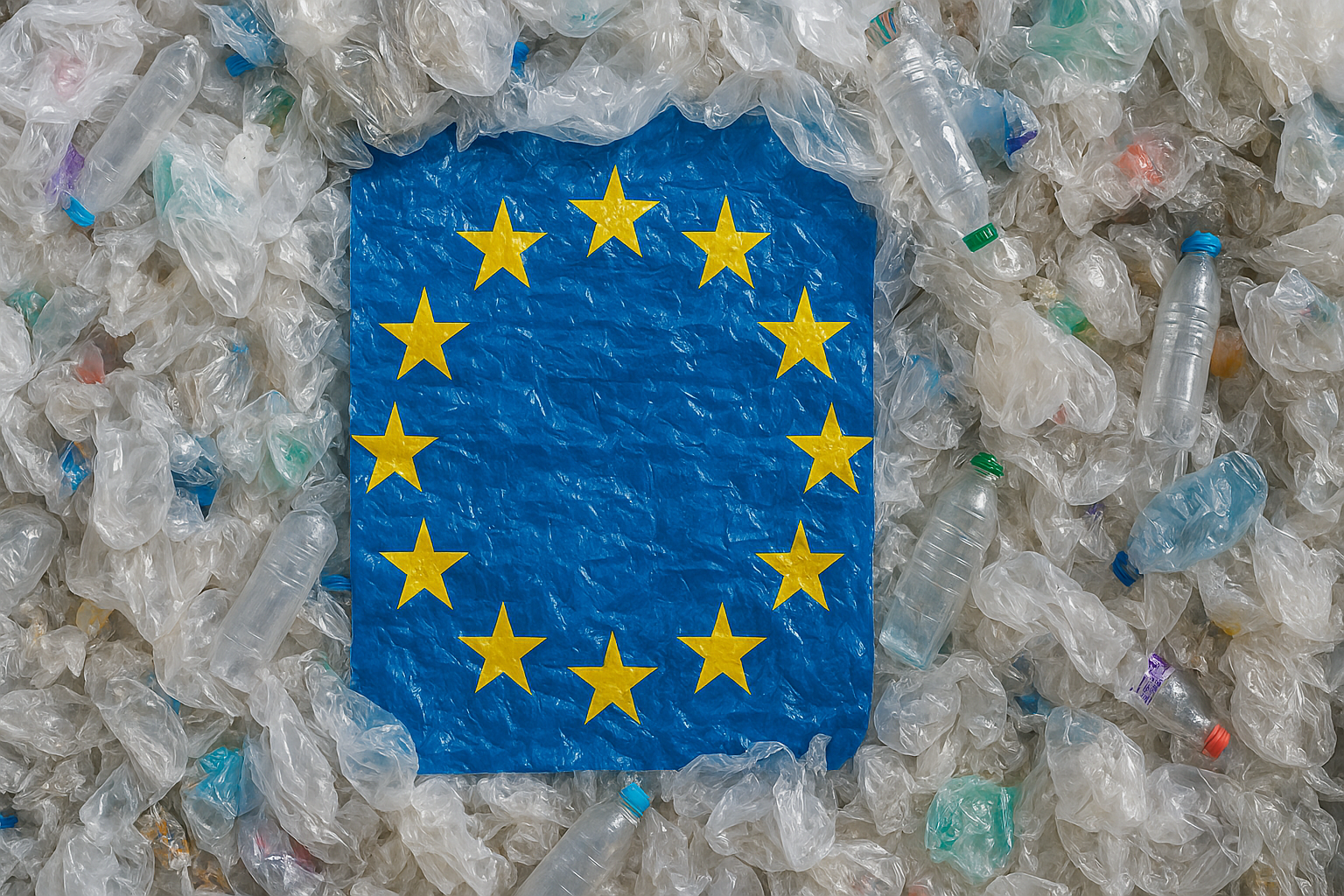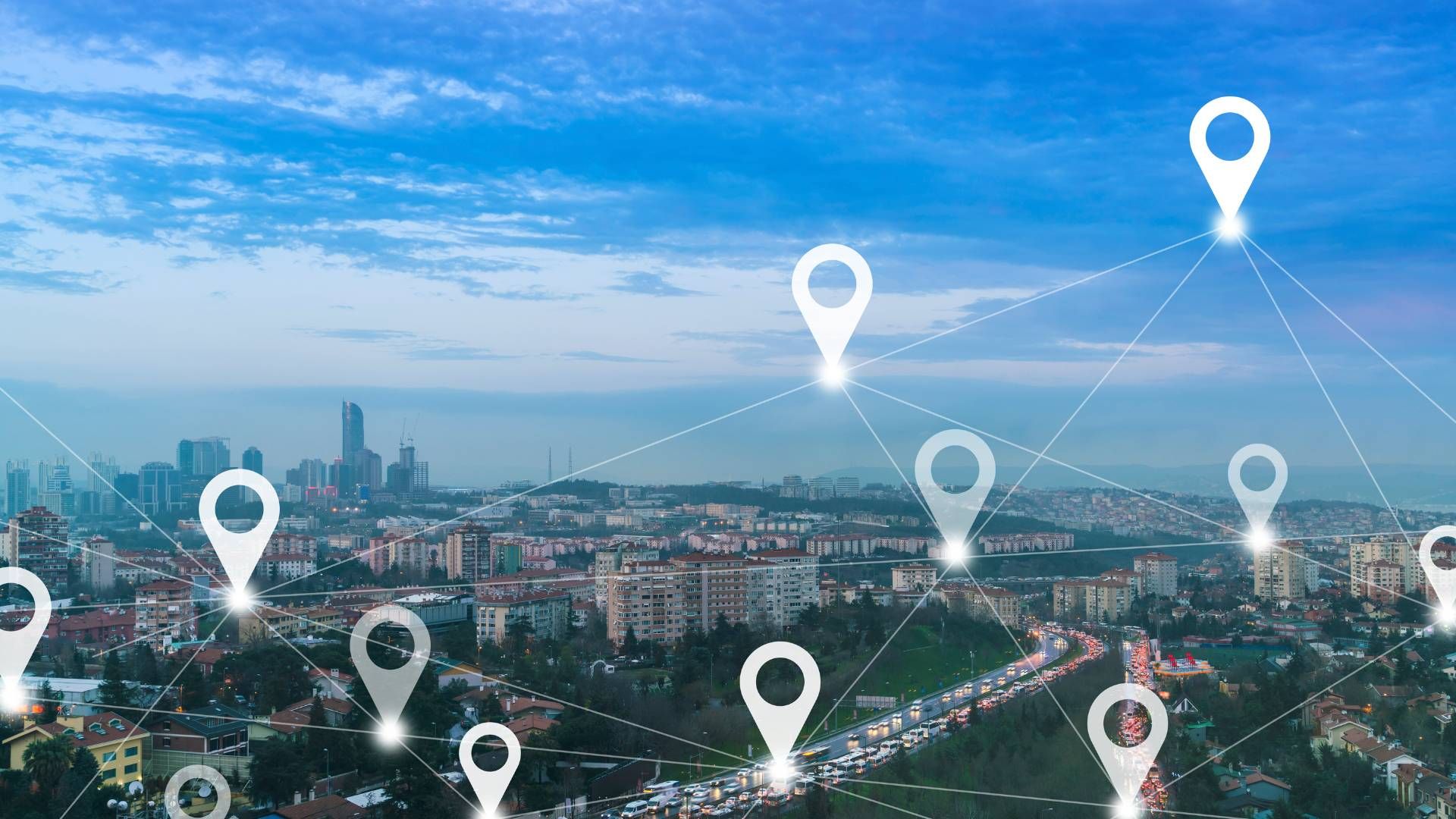How Asset Tracking Supports Decarbonization
Decarbonization is a global process aimed at reducing carbon emissions to combat climate change. Governments, industries and businesses all have it high on their agenda, with rising pressure to become more sustainable.
According to McKinsey & Company, 90% of commercial companies’ environmental impact comes from the supply chain. This reinforces how much responsibility is on businesses to implement measures and mitigate these effects.
Asset tracking plays a crucial role in supporting decarbonization. It is more than just knowing where your goods or equipment are located; it’s about creating efficiencies, reducing waste and minimizing your carbon footprint.
In this article, we explore these benefits and share how Sensize’s innovative tracking technology can help start your business’s journey towards decarbonization.
Understanding asset tracking
Reusable packaging tracking involves monitoring an asset’s location, movements and temperature using a tracking device.
From plastic pallets to roll cages or high-value items, almost all assets are trackable with at least one type of tracker.
At Sensize, we provide a range of tracking solutions that share near real-time data – find out more about this here.
Successful asset tracking can play a significant role in ensuring logistics businesses keep sustainability and decarbonization central to their processes.
Through the implementation of tracking and subsequent use of data, businesses can make well-informed decisions on their supply chain and reduce their carbon emissions.
Here’s how asset tracking supports decarbonization…
One of the key ways tracking supports decarbonization is through near real-time data monitoring. Organizations can accurately monitor their supply chains almost in real-time, allowing them to make immediate adjustments that reduce waste and energy consumption.
Improved visibility
Tracking enables you to identify and reduce bottlenecks which, in turn, result in less damage and more reusability of whichever assets or packaging you use.
Asset tracking also helps optimize the number of field managers’ trips, allowing them to focus on problematic areas within your supply chain. Additionally, it enables reactive adjustments to transport routes as the availability of load carriers becomes more visible.
Implementing tracking technology also stops customers from stockpiling your reusable packaging, as you can share better data regarding how many they will need and plan ahead accordingly, helping your procurement and demand planning departments.
Fundamentally, connectivity enables visibility – and visibility enables sustainability.
Nigel Bell, a Deloitte Consulting LLP Managing Director and Market Leader, said in a Deloitte report:
“Enabling near real-time access to asset-level data, connectivity solutions have many potential benefits of organizations.”
“It can streamline and simplify how organizations maintain visibility across their operational portfolio, improve the integrity and accuracy of emissions reporting and help operationalize the sustainability to inform day-to-day decisions that can impact progress towards sustainability objectives.”
Informed decision-making
With tracking, key stakeholders have access to critical data, allowing them to make informed decisions regarding how much stock to purchase, where to assign recovered load carries and more.
This level of insight enables predictive maintenance, highlighting where potential problems are likely to occur early enough for you to step in and prevent unplanned downtime and costs.
Tracking can help you determine whether you have been overstocking, allowing you to eliminate any unnecessary kilometres.
These well-informed decisions benefit your bottom line but also help keep you sustainable by minimizing waste and preventing the need for producing new assets.
Reusable packaging giant Brambles’ digital strategy, which includes the implementation of autonomous tracking devices on assets, has resulted in them saving 82,927 tonnes of CO₂e, 705,247 m3 of timber and 417,040 tonnes of waste.
Reduced losses
Gaining end-to-end visibility of your assets helps you identify the reasons behind losses.
If your business deals with fresh produce or medicine, temperature tracking is vital to ensure its freshness and/or safety.
In the United States, almost 40% of food is wasted, equating to approximately 59,500,000 tons each year. Tracking fresh produce can help get a better understanding of the causes behind some of this waste and allow you to apply preventative measures.
Since working with us, some of our clients here at Sensize have reported a 95% reduction in container fleet losses and a 15% reduction in the number of containers needed.
Easy identification of transport requirements
Implementing asset tracking allows you to reduce the need for transportation, cutting CO₂ emissions and reducing your expenses.
Tracking can also help you optimize driver routes and provide visibility over driving behaviour, allowing you to identify where inefficiencies lie and improve their effectiveness and safety.
How to get started
At Sensize, we can work with you to find the ideal tracking system for your assets and help you start your business’s journey towards decarbonization.
After making contact with our team, we’ll be in touch to discuss your tracking requirements and create a robust, cost-effective and easy-to-deploy system to provide you with the data you need.
If you require infrastructure on your site to complement the system, we will identify the best locations, devices and connectivity for it.
Once the system is up and running, you can view all tracking data from the Sensize Portal, a front-end platform which gives you full visibility over your entire supply chain. The Portal is highly customizable to meet your specific needs.
Find out more about Sensize and get in touch to discuss your asset tracking needs.
Share this post by clicking below...
